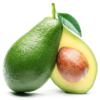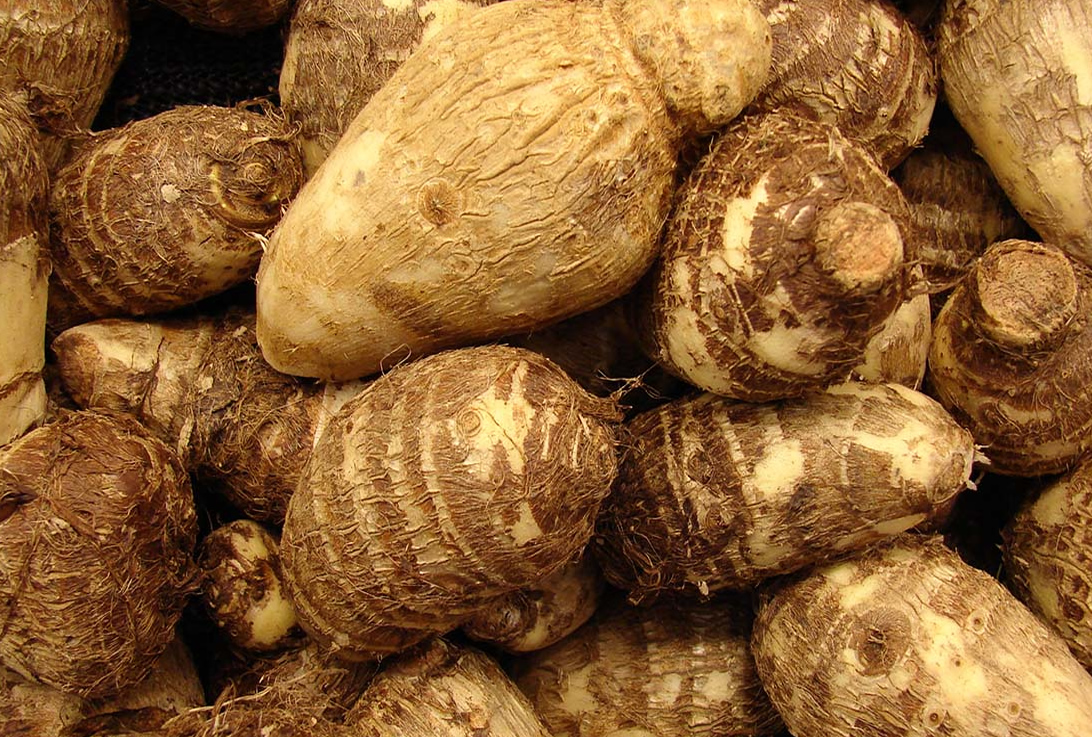First, divide up your farm land into 3 Equal...
Cocoyam is one of the tuber crop used as food in Uganda.
The tuber is more pronounced in the Buganda region and is locally known as “Obukupa”.
The crop is mainly grown among small scale farmers whose farm operations are mainly subsistence.
In the past the crop was merely consumed by the less privileged but its growing demand on the international market has prompted farmers to start growing it.
Common Cocoyam varieties growing in Uganda
In Uganda we mainly have two varieties being grown i.e. the white and the pink coco yams.
Soil requirements for growing Cocoyams
Cocoyam thrives better on well drained sandy loam soils.
However the crop produces optimally when planted in fertile soils with good water retention capacity.
How to propagate Cocoyams in your garden
Cocoyam propagation Is végétative. You could use a whole corm (the downer part of cocoyam plant) or the cormel can be cut in to sets for planting.
However the corm or pieces of cormel should not be too big or too small for planting.
How to plant Cocoyam in Uganda
Proceed with planting immediately when the rain is steady preferably using underground stem (primary corm).
A whole corm or cut pieces each with about 4 eyes can be used. Open up holes 3 to 5 inches below the surface and set in your pieces.
Cover with soil and then gently firm with soil. Maintain a spacing of (4×4) ft on good soils or (3×3) ft in poor soils.
Watch out for nematodes as they will limit cocoyam growth and for this reason the crop is normally grown on virgin soils.
How best to Harvest Coco-yam in Africa
Most coco-yam varieties mature in about 8 months from planting. Harvesting can however start from six months.
This is done by shaking up the plant and uprooting it to bring out the cormel.
The remaining cormel I the soil can also be harvested by digging them out, though care has to be taken not to bruise the cormel for proper storage.
About the Cocoyam Market in Uganda
Cocoyams are mostly marketed as fresh tubers in local markets like Nakasero, Owino, Kalerwe for urban consumers.
Cocoyams are sometimes found on road side stalls and in village markets.
Quick Tips for Growing Cocoyams in Uganda
- Clear up the area meant for planting by ploughing, you can even make uniform ridges.
- At a spacing of 1×1 meter place your cormel pieces on the crest of the ridges in a row.
- Cover the planted cuttings with soil and gently firm.
- Cocoyams don’t require fertilization so it should the least important of your inputs.
- Like other crops maintain a clean field by weeding to prevent foliar pests and other disease causing organisms.
- At 6 months you can start harvesting your cocoyams in piece meal while leaving the small ones to grow bigger.






